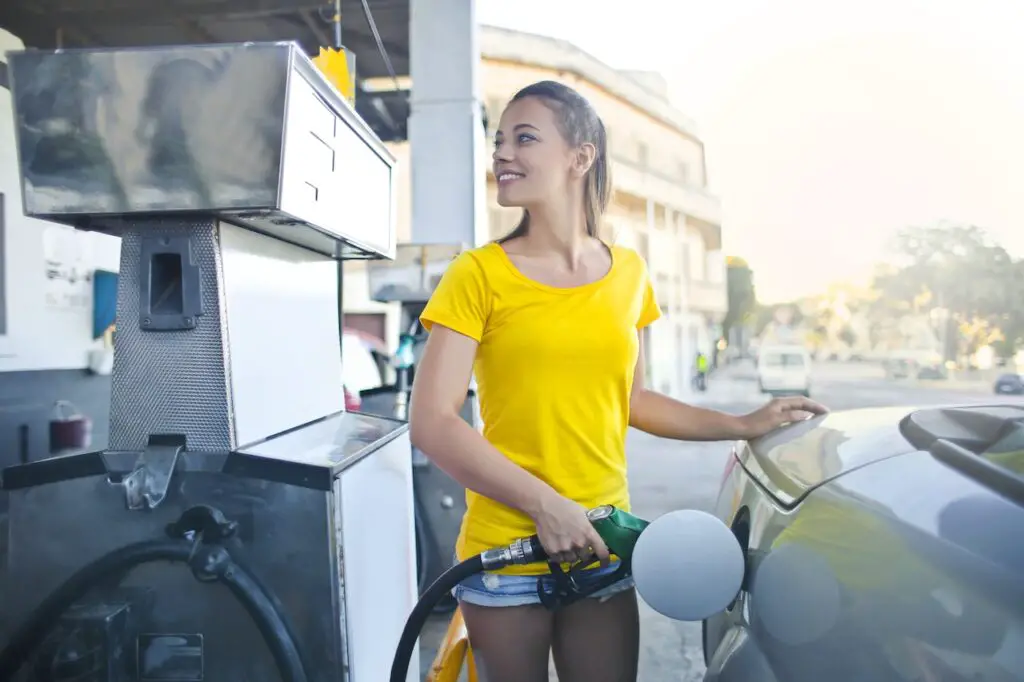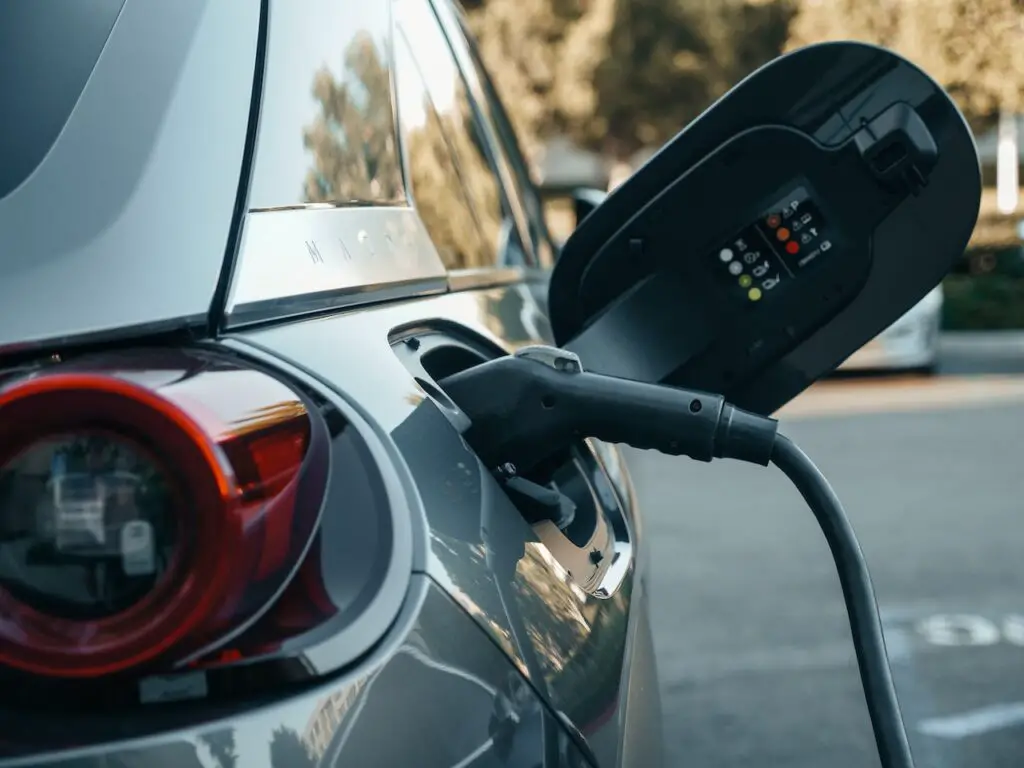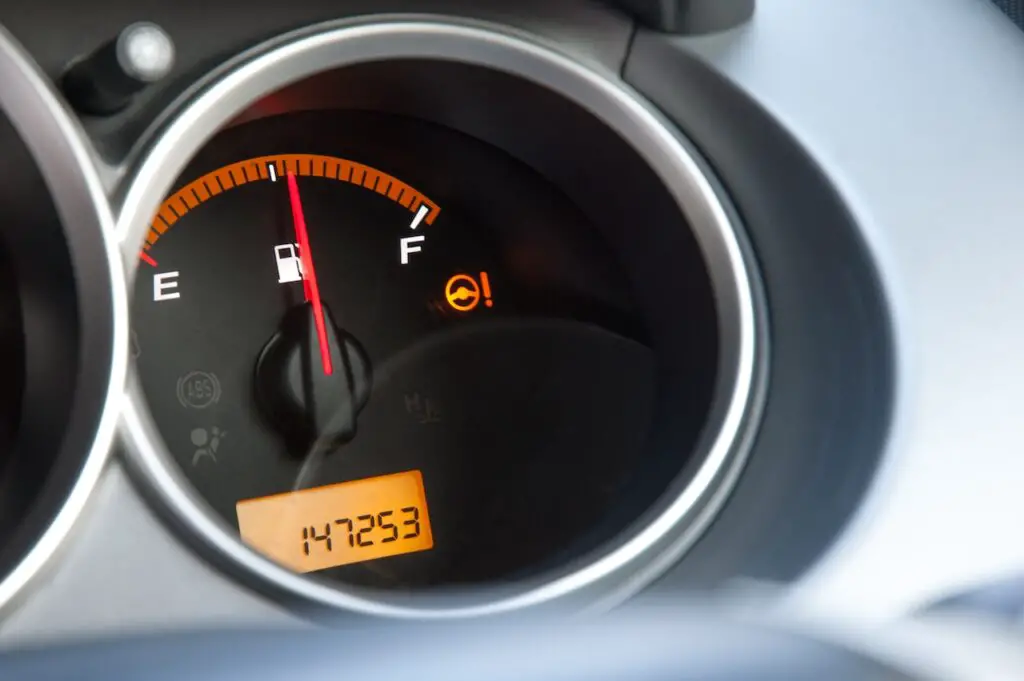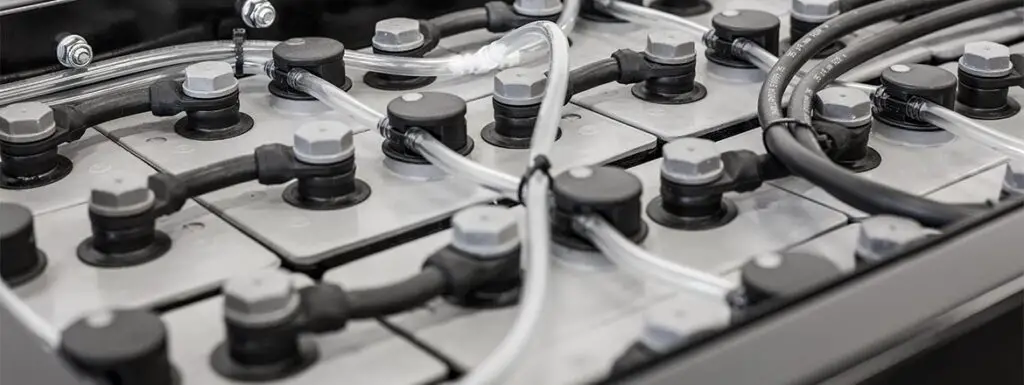Hybrid cars have become increasingly popular in recent years due to their superior fuel efficiency and lower emissions compared to traditional gasoline cars. But have you ever wondered why hybrid cars have two batteries? The answer lies in the dual battery system that powers these vehicles.
The dual battery system in hybrid cars consists of a high-voltage battery and a 12-volt battery. The high-voltage battery powers the electric motor that works in tandem with the gasoline engine to optimize fuel efficiency, while the 12-volt battery powers the car’s accessories and electrical systems.
By combining the power of two batteries, hybrid cars are able to achieve better fuel efficiency and performance than traditional gasoline cars. In addition, the dual battery system contributes to reduced emissions and longer lifespan for the high-voltage battery.
So if you’re considering purchasing a hybrid car or already own one, it’s important to understand how the dual battery system works and the benefits it provides.
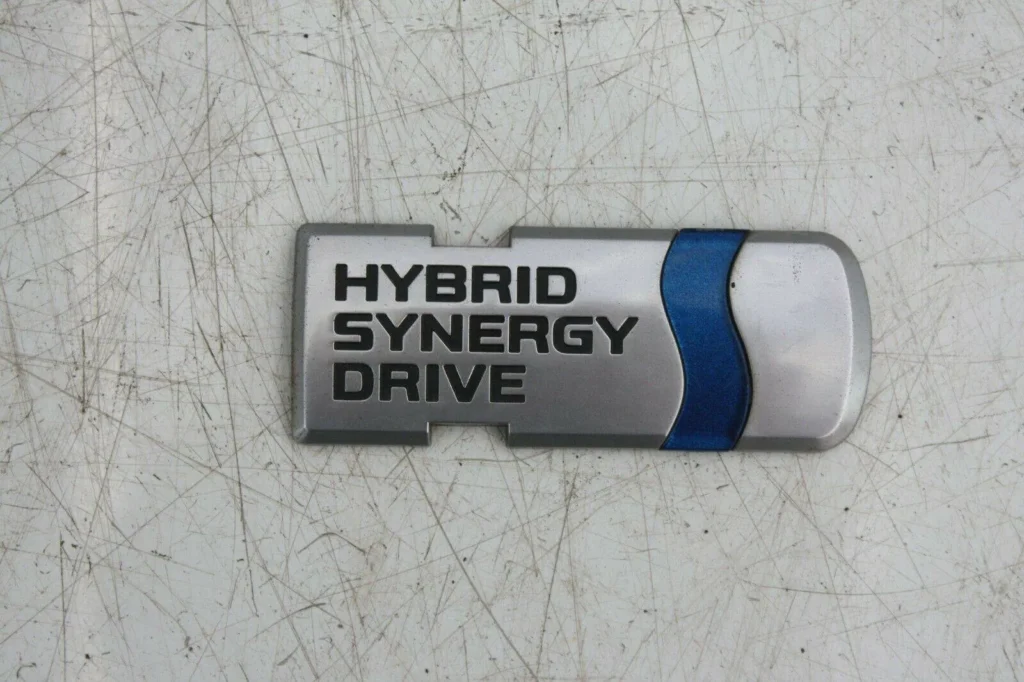
How Hybrid Cars Work
Hybrid cars use two power sources to generate energy: an electric motor and a gasoline engine. The electric motor is powered by the high-voltage battery, while the gasoline engine is powered by traditional fuel.
When the car is in motion, the electric motor and gasoline engine work together to optimize fuel efficiency. The electric motor is used for low-speed driving and acceleration, while the gasoline engine kicks in at higher speeds and when more power is needed.
During deceleration and braking, the electric motor acts as a generator, converting kinetic energy into electrical energy that is stored in the high-voltage battery. This process is known as regenerative braking and is a key feature of hybrid cars.
The two power sources in hybrid cars work together seamlessly to optimize fuel efficiency and performance. The electric motor provides power during low-speed driving and acceleration, while the gasoline engine takes over at higher speeds and when more power is needed. The result is a car that is more fuel-efficient and produces lower emissions than traditional gasoline cars.
The Role of Dual Batteries in Hybrid Cars
The dual battery system in hybrid cars consists of a high-voltage battery and a 12-volt battery. The high-voltage battery is responsible for powering the electric motor, while the 12-volt battery powers the car’s accessories and electrical systems.
The high-voltage battery is a large lithium-ion battery pack that stores electrical energy generated by the regenerative braking system and the gasoline engine. It is capable of delivering high amounts of power to the electric motor, allowing the car to accelerate quickly and efficiently. The high-voltage battery also provides power to the car’s electrical systems when the gasoline engine is turned off, such as when the car is stopped at a traffic light.
The 12-volt battery, on the other hand, is a smaller lead-acid battery that is similar to the battery found in traditional gasoline cars. It powers the car’s accessories and electrical systems, such as the headlights, air conditioning, and radio. The 12-volt battery is charged by the high-voltage battery and is also charged by the gasoline engine through an alternator.
The two batteries in hybrid cars work together to provide power to the electric motor and the car’s accessories and electrical systems. The high-voltage battery delivers high amounts of power to the electric motor, while the 12-volt battery powers the car’s accessories and electrical systems. The two batteries also work together to ensure that the car’s electrical systems are always powered, even when the gasoline engine is turned off.
Benefits of Dual Batteries in Hybrid Cars
The dual battery system in hybrid cars provides several benefits that contribute to their superior fuel efficiency, enhanced performance, and reduced emissions.
Improved Fuel Efficiency: The dual battery system in hybrid cars allows for the electric motor to be used for low-speed driving and acceleration, which reduces the amount of fuel needed from the gasoline engine. This results in improved fuel efficiency and lower fuel costs for hybrid vehicle owners.
Enhanced Performance: The high-voltage battery provides high amounts of power to the electric motor, allowing for quick and efficient acceleration. This results in enhanced performance and a smoother driving experience for hybrid vehicle owners.
Reduced Emissions: The use of the electric motor in hybrid cars reduces the amount of fuel needed from the gasoline engine, which in turn reduces emissions. Hybrid cars produce lower emissions than traditional gasoline cars, which is better for the environment and can help improve air quality.
Longer Lifespan for the High-Voltage Battery: The dual battery system in hybrid cars helps to extend the lifespan of the high-voltage battery. The 12-volt battery powers the car’s accessories and electrical systems, which reduces the strain on the high-voltage battery. In addition, the regenerative braking system helps to recharge the high-voltage battery, which reduces the need for frequent charging and extends its lifespan.
Maintenance of Dual Batteries in Hybrid Cars
Proper maintenance of the dual battery system in hybrid cars is important to ensure optimal performance and extend the lifespan of the batteries. Here are some tips for maintaining the high-voltage battery:
- Follow the manufacturer’s recommended maintenance schedule: The manufacturer’s recommended maintenance schedule for hybrid cars typically includes regular checks of the high-voltage battery and its components. It’s important to follow this schedule to ensure that the battery is functioning properly.
- Keep the battery clean: Dirt and debris can accumulate on the high-voltage battery and its components, which can reduce its performance. Regular cleaning of the battery and its components can help to prevent this.
- Avoid extreme temperatures: Extreme temperatures can affect the performance and lifespan of the high-voltage battery. It’s important to avoid exposing the battery to extreme heat or cold, and to park the car in a shaded area when possible.
- Use the car regularly: Hybrid cars are designed to be driven regularly, and the high-voltage battery needs to be used and recharged regularly to maintain optimal performance. If the car is not being used regularly, it’s important to follow the manufacturer’s recommendations for storing the car and its battery.
Types of Hybrid Cars
There are several different types of hybrid cars available on the market, each with their own unique features and benefits. Here are three of the most common types of hybrid cars:
- Mild Hybrid: Mild hybrid cars use a smaller electric motor and battery system than other types of hybrid cars. The electric motor is used to supplement the gasoline engine, but can’t power the car on its own. The dual battery system in mild hybrid cars is similar to that of full hybrid cars, with a high-voltage battery and a 12-volt battery.
- Full Hybrid: Full hybrid cars use a larger electric motor and battery system than mild hybrid cars. The electric motor is capable of powering the car on its own at low speeds, and can supplement the gasoline engine at higher speeds. The dual battery system in full hybrid cars is similar to that of mild hybrid cars, with a high-voltage battery and a 12-volt battery.
- Plug-in Hybrid: Plug-in hybrid cars have a larger battery pack than other types of hybrid cars, and can be charged from an external power source. The electric motor is capable of powering the car on its own for a certain distance, after which the gasoline engine takes over. The dual battery system in plug-in hybrid cars is similar to that of full hybrid cars, with a high-voltage battery and a 12-volt battery.
The dual battery system in each type of hybrid car differs slightly in terms of the size and capacity of the batteries, as well as the way in which they are charged and used. However, the basic principles of the dual battery system remain the same across all types of hybrid cars. By combining the power of two batteries, hybrid cars are able to achieve better fuel efficiency and performance than traditional gasoline cars.
Common Dual Battery System Issues and Solutions
While the dual battery system in hybrid cars is designed to be reliable and long-lasting, there are some common issues that can arise over time. Here are some of the most common issues with the dual battery system in hybrid cars, and tips for troubleshooting and resolving them:
- Battery Failure: The high-voltage battery in hybrid cars can fail over time, which can result in reduced performance or a complete loss of power. If you notice that your hybrid car is not performing as well as it used to, or if you experience a loss of power, it may be due to a failing high-voltage battery.
Solution: If you suspect that your high-voltage battery is failing, it’s important to have it checked by a qualified technician. In some cases, the battery may need to be replaced.
- 12-Volt Battery Failure: The 12-volt battery in hybrid cars can also fail over time, which can result in a loss of power to the car’s accessories and electrical systems. If you notice that your car’s accessories are not working properly, or if you experience a loss of power, it may be due to a failing 12-volt battery.
Solution: If you suspect that your 12-volt battery is failing, it’s important to have it checked by a qualified technician. In some cases, the battery may need to be replaced.
- Charging Issues: The dual battery system in hybrid cars relies on both the gasoline engine and the regenerative braking system to charge the high-voltage battery. If there are issues with either of these systems, it can result in a reduced charge to the high-voltage battery.
Solution: If you notice that your high-voltage battery is not charging properly, it’s important to have it checked by a qualified technician. They can diagnose the issue and recommend the appropriate solution.
By being aware of these common issues with the dual battery system in hybrid cars, and following the tips for troubleshooting and resolving them, hybrid vehicle owners can help to ensure that their cars are performing at their best. It’s important to have any issues with the dual battery system addressed as soon as possible to prevent further damage and ensure optimal performance.
Frequently Asked Questions
Here are some common questions about the dual battery system in hybrid cars:
- How long do hybrid batteries last? The lifespan of hybrid batteries can vary depending on the make and model of the car, as well as the driving habits of the owner. In general, hybrid batteries can last anywhere from 8 to 10 years or more.
- Can I replace the batteries myself? Replacing the high-voltage battery in a hybrid car is a complex process that should only be done by a qualified technician. Attempting to replace the battery yourself can be dangerous and can result in damage to the car.
- How much does it cost to replace a hybrid battery? The cost of replacing a hybrid battery can vary depending on the make and model of the car, as well as the location and availability of replacement batteries. In general, the cost can range from a few thousand dollars to several thousand dollars.
- Do I need to replace both batteries at the same time? In most cases, it is not necessary to replace both batteries at the same time. The high-voltage battery may need to be replaced more frequently than the 12-volt battery, as it is subject to more wear and tear.
- How can I extend the lifespan of my hybrid battery? To extend the lifespan of your hybrid battery, it’s important to follow the manufacturer’s recommended maintenance schedule, keep the battery clean, avoid extreme temperatures, and use the car regularly.

